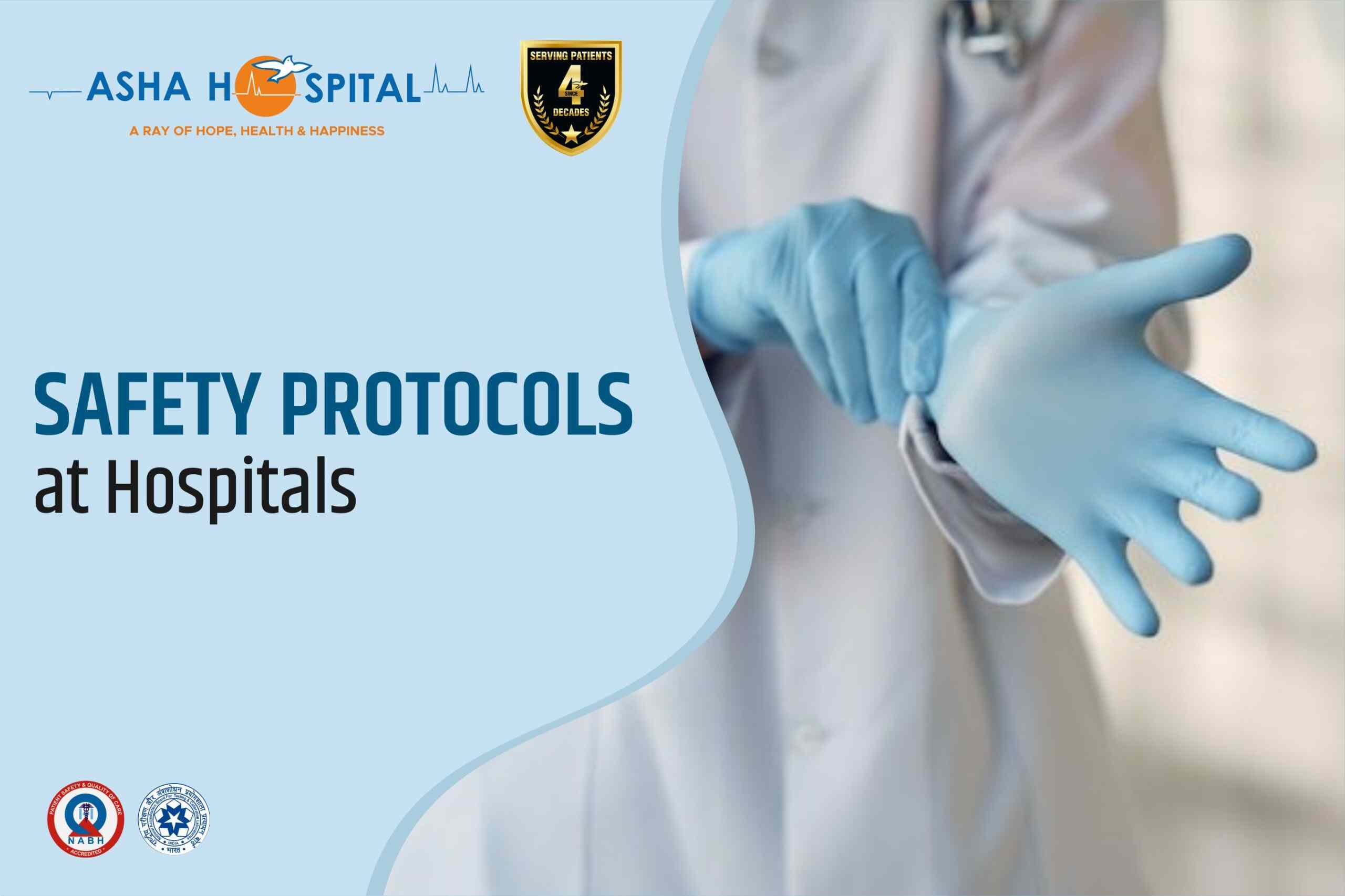Ensuring patient well-being and safety is the top priority for hospitals, and robust safety protocols play a vital role in achieving this. From infection control measures to secure environments, hospitals follow stringent procedures to protect patients, staff, and visitors. In this blog, we’ll explore key safety protocols that hospitals implement to provide safe, high-quality care for everyone.
- Infection Control
- Hand Hygiene: Regular hand washing with soap and water or use of alcohol-based hand sanitizers by all staff, patients, and visitors.
- Personal Protective Equipment (PPE): Appropriate use of gloves, masks, gowns, and eye protection based on the situation and patient needs.
- Sterilization: Proper sterilization and disinfection of medical equipment and surfaces.
- Patient Safety
- Identification Protocols: Use of wristbands and other identification methods to ensure correct patient identification before procedures or treatments.
- Medication Safety: Verification of medications, dosages, and administration routes to avoid errors. Double-checking systems and protocols for high-risk medications.
- Security Measures
- Access Control: Restricted access to certain areas of the hospital, including the use of ID badges and electronic access controls.
- Visitor Policies: Regulations regarding visitor hours and numbers to maintain a controlled environment and protect patient privacy.
- Surveillance: Use of security cameras and monitoring systems to ensure safety and security within the hospital premises.
- Environmental Safety
- Cleanliness: Regular cleaning and disinfection of patient rooms, common areas, and medical equipment.
- Maintenance: Timely maintenance of hospital infrastructure, including electrical systems, plumbing, and medical devices.
- Safe Medication Practices
- Double-Checking Systems: Implementing procedures to double-check medication orders and administration.
- Medication Reconciliation: Reviewing and verifying patient medication lists at every transition of care.
